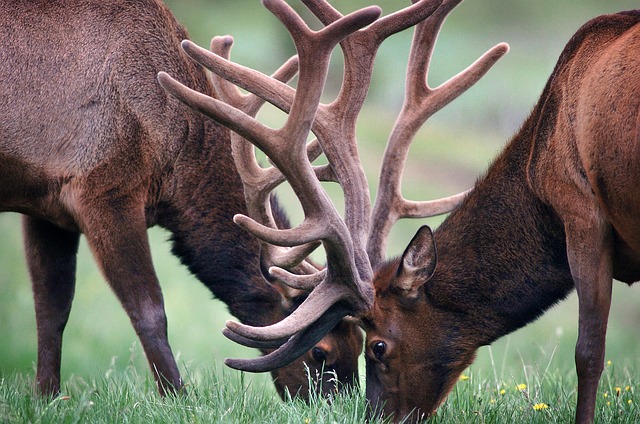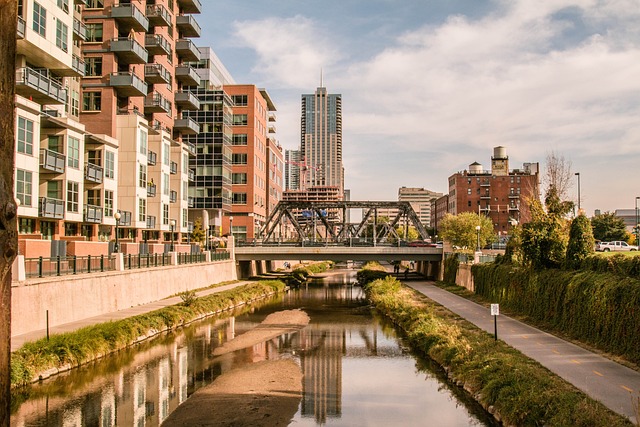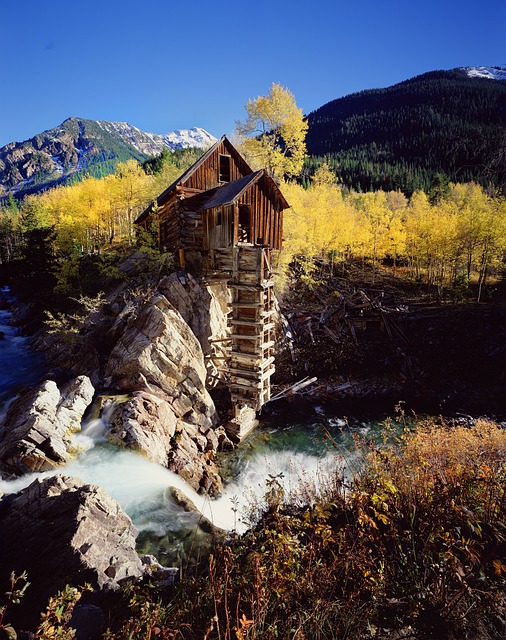Cultural heritage profoundly influences real estate markets by fostering community and increasing property demand in ethnic enclaves and historic districts due to their distinct character and cultural significance, leading to higher property values. Demographic shifts can cause declines, however. Real estate professionals must understand these dynamics to cater to diverse markets, ensuring access to homes that respect cultural heritage. Investing in properties with strong cultural heritage, such as landmarks and historic buildings, offers premium prices and substantial returns, driven by local enthusiasts and international collectors valuing artistic, architectural, or historical significance.
Strong cultural ties and unique traditions significantly shape real estate market dynamics. This article explores how these intangible assets influence local property values, making them key considerations for investors. We delve into the impact of cultural heritage on the real estate sector, providing insights into identifying properties steeped in tradition and understanding their value proposition. By considering cultural factors, investors can navigate markets more effectively and contribute to preserving communities’ rich tapestry.
How Cultural Ties Impact Real Estate Market Dynamics

Strong cultural ties and unique traditions significantly shape real estate market dynamics. When communities have a deep sense of belonging and pride in their heritage, they often prioritize investing in properties that reflect their cultural identity. This can lead to distinct neighborhood characteristics, with specific areas becoming sought-after destinations for those who wish to preserve and celebrate their traditions. For instance, ethnic enclaves or historic districts often experience higher demand, as buyers seek homes that align with their cultural values and provide easy access to community events, restaurants, and businesses that cater to their specific needs.
Moreover, cultural ties can influence pricing and availability. Areas known for their diverse cultures may see increased property values due to high demand from both local residents looking to stay connected to their roots and outsiders drawn to the unique lifestyle offerings. Conversely, areas facing demographic shifts or cultural assimilation might experience a decline in property values as traditional tenants move out. Real estate professionals must understand these dynamics to effectively cater to diverse markets, ensuring that everyone has access to homes that respect and celebrate their cultural heritage.
Unique Traditions and Their Influence on Local Property Values

Unique traditions deeply rooted in a community’s history and culture often play a significant role in shaping local property values. These distinctive practices, celebrations, and rituals attract both locals and outsiders, fostering a sense of belonging and pride. As a result, areas known for their vibrant traditions tend to experience higher real estate demand due to the increased desirability and appeal they offer. For instance, a town famous for its annual music festival or a village renowned for its centuries-old agricultural rituals can attract buyers seeking not just a place to live but also a chance to become part of a unique cultural heritage.
The influence of these traditions extends beyond attracting potential homeowners. They contribute to the overall character and charm of a neighborhood, making each area distinct in the real estate market. Properties located in places with well-preserved and celebrated traditions often command premium prices, reflecting their cultural significance and the strong sense of community they inspire. This dynamic highlights the intimate connection between culture, tradition, and real estate value, where unique practices can become a community’s most valuable asset.
Investing in Properties with Strong Cultural Heritage

Investing in properties with strong cultural heritage has become an attractive segment within the real estate market, appealing to a diverse range of buyers. These cultural landmarks and historic buildings often carry immense significance, reflecting the rich history and traditions of a community. As such, they command premium prices and can offer substantial returns for investors. The demand for these unique properties is driven by both local enthusiasts and international collectors who appreciate their artistic, architectural, or historical value.
When considering a real estate investment with cultural ties, it’s essential to research the property’s background, ensuring its authenticity and potential for preservation. Properties steeped in tradition can also provide opportunities for cultural revitalisation, allowing investors to contribute to the preservation of local heritage while potentially benefiting from capital gains. This niche market offers a blend of financial prospects and cultural responsibility, attracting those who seek more than just a monetary return on their investments.






